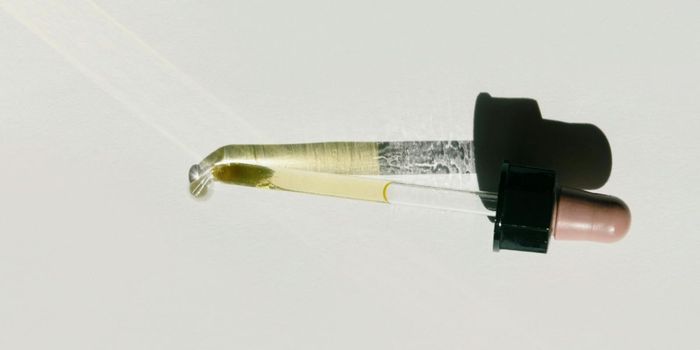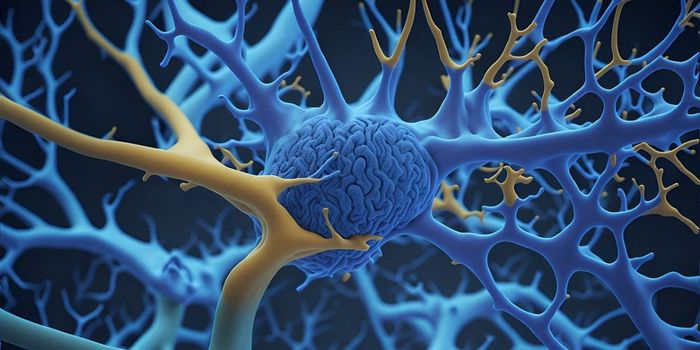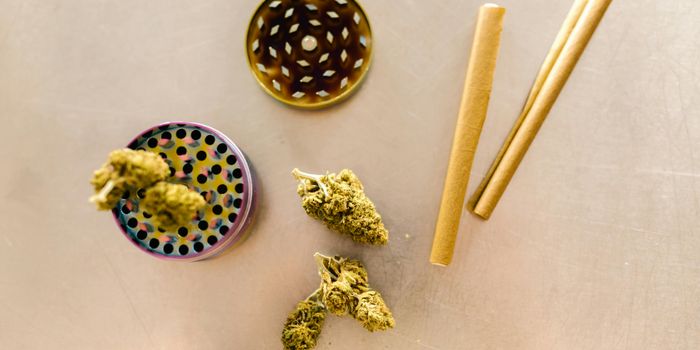Researchers Design a Mapping Tool That Measures Cannabinoid Potency
A research team created an interactive mapping tool to calculate potency levels more accurately. This development can lead to mapping tools that can inform cannabis policy reform and promote safety and quality. The device could alleviate challenges as many companies introduce more potent products. The findings published in the American Journal of Public Health explain how the map includes 452 studies that meet three criteria (human subjects research, regular cannabis use, and beneficial or adverse health outcomes.
The researchers developed a mapping tool to inform best practices in product formulation, potency level guidelines, lab testing protocols, and quality and safety guidelines. Chief scientist for the Center for Bioethics and Humanities and Colorado School of Public Health professor Dr. Lisa Bero explained, “We looked at studies that measured adverse or beneficial effects of high concentration cannabis products. From that, we were able to produce an open access, interactive map of the evidence so that anyone looking for research on it can find what is available.” The research team also emphasized that this mapping tool can significantly advance research on cannabinoid potency levels.
Consumer trends show a decrease in smoking cannabis, while routes of administration such as vaping or dabbing are growing in popularity. These methods of consumption often use higher-concentration THC and specific terpene formulations. As concentration demand and use increase, more states are reviewing and revising their current regulation of THC levels. The mapping tool could offer more accurate and easily accessible data for effective policy development.
The project highlights the importance of collaboration between medical experts and state governments and closes the knowledge gaps about these products.
The mapping tool could also enhance cultivation and manufacturing practices. Cannabis curing techniques such as modified atmospheric packaging (MAP) preserve terpenes, cannabinoids, and flavonoids found in the cannabis flower. MAP extends shelf life and quality.
Sources:American Journal of Public Health, Eureka News Alert, University of Colorado Anschutz Medical Campus








